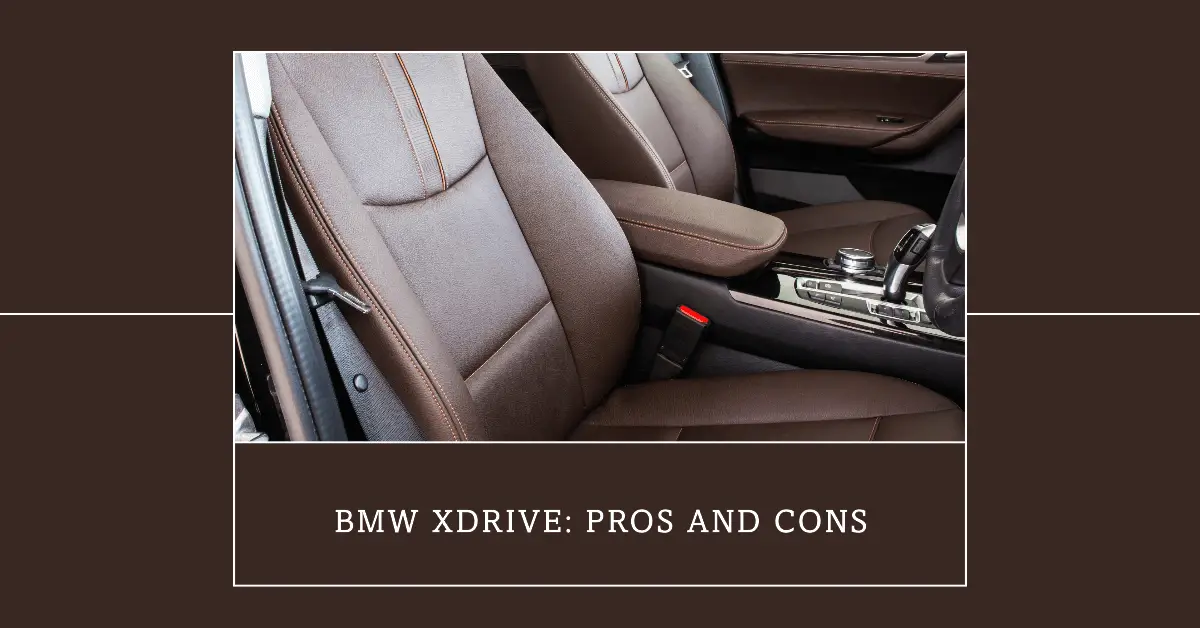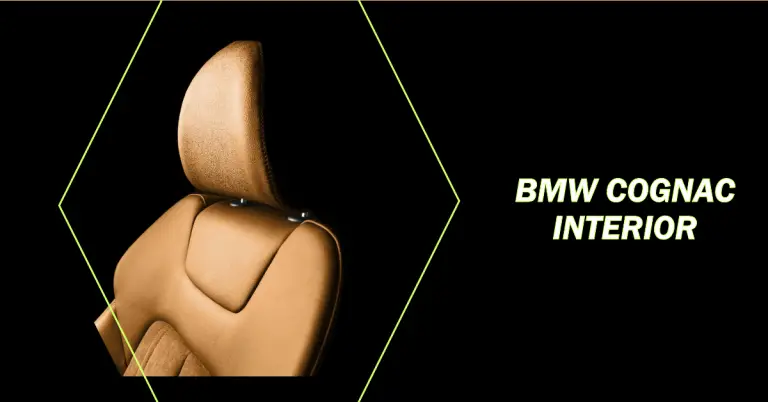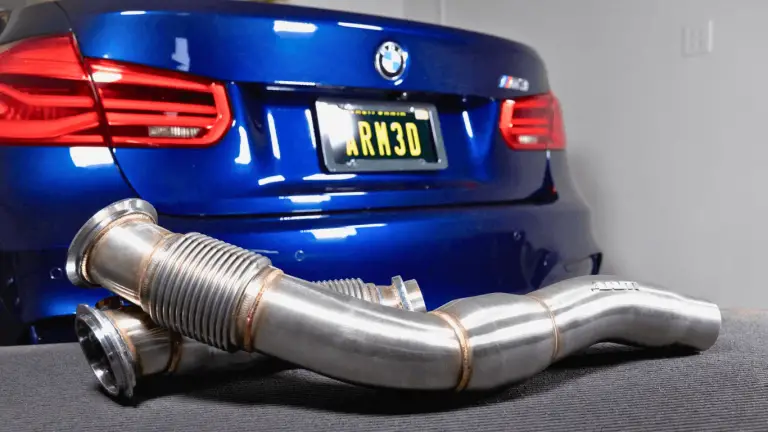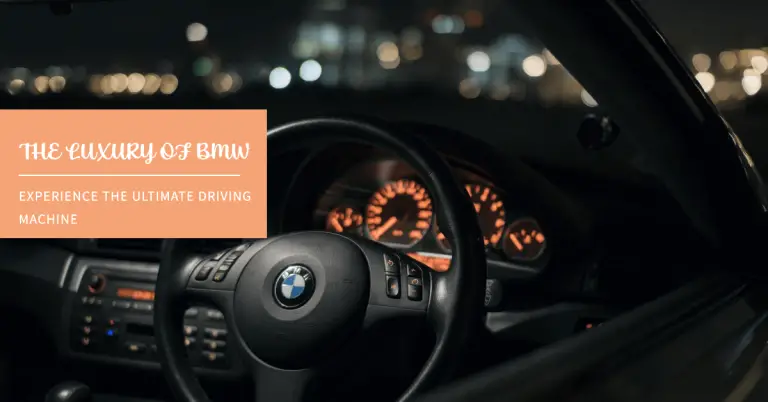The Complete Guide to BMW’s XDrive All-Wheel Drive System
BMW’s XDrive all-wheel drive system is one of the most advanced AWD technologies available today, offering superb traction and control in all road conditions. But how exactly does BMW’s clever XDrive work and what are the key benefits? This in-depth guide will cover everything you need to know.
What is BMW XDrive All-Wheel Drive?
BMW XDrive is an intelligent all-wheel drive system that was first introduced in 2000 on the BMW E53 X5 SUV. It provides enhanced driving dynamics, performance, and safety by proactively distributing engine torque between the front and rear axles to maximize traction.
But there’s much more to XDrive than simply shifting power between the front and rear wheels. It’s an innovative active all-wheel drive technology that uses sophisticated controls and fast-acting sensors to continuously monitor driving conditions, calculating the optimum power distribution for superior grip and control.
A Proactive All-Wheel Drive System
Unlike some reactive AWD systems that only transfer torque when slip is detected, BMW’s XDrive proactively shifts power to the wheels with the most traction instantaneously – before wheel slip occurs.
This gives XDrive vehicles incredibly surefooted handling and stability. The system can transfer 100% of engine torque to the front or rear axles as needed, adjusting thousands of times per second based on real-time conditions.
Advanced Sensors and Software
BMW XDrive utilizes an array of advanced sensors that monitor inputs like wheel speeds, throttle position, steering angle, and brake pressure. This data gets transmitted to the transfer case which contains an electronically controlled multi-plate clutch.
Sophisticated control software uses the sensor information to calculate the optimum torque distribution between the front and rear axles for the given conditions up to 100 times per second. It then actuates the multi-plate clutch to seamlessly vary torque split.
This fast analysis and signal transmission enables XDrive to proactively adjust power distribution in mere milliseconds to maximize available traction at all times. It provides enhanced control on slippery surfaces like snow, ice, gravel, and loose terrain.
How Does BMW XDrive All-Wheel Drive Work?
BMW’s XDrive all-wheel drive system integrates seamlessly with the vehicle’s Dynamic Stability Control (DSC) system. Together they form an intelligent control system that provides unmatched traction and handling. But how does BMW XDrive work exactly? Let’s look under the hood:
The Transfer Case
The XDrive transfer case is bolted directly to the transmission and essentially replaces a traditional rear differential. It’s a cast iron housing that uses a multi-plate clutch pack to actively vary and apportion torque between the front and rear axles.
The electronically controlled multi-plate clutch can smoothly alter the torque split in a variable range from 100:0 to 50:50 front to rear. It handles torque distribution much faster than other systems.
Wheel Speed Sensors
Data from wheel speed sensors at all four wheels allows XDrive to compare speeds and determine which wheels have the most grip at any given moment. This input is critical to how the system functions.
Steering Angle Sensor
The steering angle sensor monitors steering inputs from the driver and communicates this to the transfer case. This allows XDrive to proactively shift torque to the appropriate wheels when entering a corner.
Accelerator Pedal Position Sensor
By monitoring how much throttle the driver applies via the accelerator pedal position sensor, XDrive can determine torque demands and respond appropriately based on available traction.
Dynamic Stability Control
Input from the DSC system helps XDrive understand vehicle dynamics like understeer or oversteer. Combining this data allows the systems to orchestrate power delivery and braking for superior stability.
Control Unit
The brains of the XDrive system is the control unit which uses a sophisticated algorithm to process data from all sensors 100 times per second. It determines the ideal front to rear torque split for grip.
By continuously monitoring all these parameters, BMW’s XDrive can instantaneously vary torque delivery to each axle according to changing road conditions, driver inputs, and vehicle dynamics. This real-time adjustment optimizes traction and handling.
What are the Benefits of BMW XDrive All-Wheel Drive?
BMW’s highly advanced XDrive all-wheel drive provides a number of important performance, handling, and safety benefits:
Enhanced Traction and Control
The ability to proactively shift torque to the wheels with the most grip gives XDrive models tenacious traction and control in all road conditions. Snow, gravel, wet tarmac, and loose terrain are handled with ease.
Optimized Handling and Dynamics
The clever torque vectoring of XDrive enhances handling agility and dynamics by enabling optimum power delivery through corners. It minimizes understeer for sportier cornering with greater balance and poise.
Improved Acceleration and Performance
XDrive allows drivers to accelerate faster and with greater assurance. By mitigating wheel slip, full engine power gets transmitted efficiently to the road for enhanced off-the-line performance.
Increased Safety and Stability
The combination of XDrive’s all-wheel grip and the vehicle’s integrated traction control provides high levels of active safety and stability. This allows confident driving in poor conditions.
Maintains Momentum Off-Road
BMW’s proactive XDrive helps maintain momentum when driving over loose terrain, snow, gravel, grass, and more. The enhanced traction helps keep you moving where other vehicles might get stuck.
Reduces Towing & Recovery Costs
Because XDrive equipped vehicles are less likely to get stuck in snow or off-road conditions, it reduces chances of needing tow truck or recovery services which saves hassle and expense.
Improved Fuel Efficiency
XDrive seamlessly deactivates the rear axle when AWD capabilities aren’t needed. This reduces parasitic powertrain losses and provides better fuel efficiency.
Thanks to attributes like these, BMW XDrive delivers tangible performance, handling, and all-weather safety advantages. It’s an intelligent system that brings great comfort in unpredictable conditions.
What BMW Models Have XDrive All-Wheel Drive?
BMW offers its sophisticated XDrive all-wheel drive system on a wide range of vehicle models:
SUVs
- BMW X3
- BMW X4
- BMW X5
- BMW X6
- BMW X7
Sedans
- BMW 3 Series
- BMW 5 Series
- BMW 7 Series
Coupes
- BMW X4
- BMW X6
- BMW 8 Series
Convertibles
- BMW Z4 Roadster
Performance
- Alpina B7
- BMW M3
- BMW M5
- BMW M8
- BMW X3M
- BMW X4M
- BMW X5M
- BMW X6M
XDrive paired with BMW’s dynamic suspension creates SUVs with responsive agility. For sedans and coupes, the system enhances sporty performance.
In M models, it channels extreme power to maximize track abilities. And convertibles like the Z4 get all-season usability. For any BMW, integrating XDrive expands its capabilities.
While XDrive is standard on most BMW SUVs, it’s typically a $2,000 to $3,000 option on sedans, coupes, and performance models. But it’s worth considering if you live in areas with frequent rain, snow, or icy conditions.
Tips for Driving a BMW XDrive Vehicle
Experiencing BMW’s XDrive system firsthand reveals how well this all-wheel drive technology performs in low traction conditions. Here are some useful driving tips:
Use XDrive Modes
Many BMW models allow customizing XDrive via different drive modes like Eco, Comfort, Sport, etc. Adjust these settings based on conditions for ideal performance. Sport tightens XDrive’s rear bias for livelier handling.
Mind the Gaps
With XDrive engaged, BMW differentials are open which can allow clatter during tight turns as wheels rotate at different speeds. This is normal but grabbing the wheel and straightening minimizes driveline binding on full lock.
Check Tire Wear
Periodically check that tire wear is even across all four wheels. If rear or front tires show substantially more wear, wheel alignment may need adjustment to ensure proper torque distribution.
Carry XDrive Essentials
Pack snow socks, a small shovel, flash light, warm gear, food, water, and other emergency essentials for winter XDrive adventures so you’re prepared for the unexpected.
Use Winter Tires
While XDrive performs remarkably well on all-seasons, winter tires optimize cold weather traction and handling. Run narrower tires with tall sidewalls for maximum snow grip.
Watch Body Roll
XDrive’s great grip allows higher cornering speeds but stock SUVs exhibit more body roll. Upgraded sway bars can improve cornering posture. Always look and steer where you want to go.
Detail Regularly
Frequently power wash the undercarriage to prevent debris buildup around axles and transfer case. Keep these areas clean to prevent mechanical damage and leaks over time.
By understanding the capabilities of BMW’s XDrive and smart winter driving, you can fully experience the advantages of this exceptional all-wheel drive system.
Conclusion
BMW’s highly advanced XDrive all-wheel drive technology provides important traction, handling, and safety advantages. The system proactively adjusts torque delivery between the front and rear axles to maximize grip and control.
XDrive equipped BMW models provide surefooted traction on loose terrain, impressive acceleration without wheel slip, and confident winter weather handling. XDrive seamlessly works with integrated stability control to keep these ultimate driving machines planted and under control when conditions get unpredictable.
Understanding the technical aspects of how BMW’s intelligent XDrive system functions provides insight into extracting maximum performance, capability, and enjoyment from these sophisticated vehicles in all driving environments.
If you’re a BMW driver looking to expand the possibilities and take your vehicle’s traction and dynamic capabilities to the next level, choosing an XDrive model delivers.







